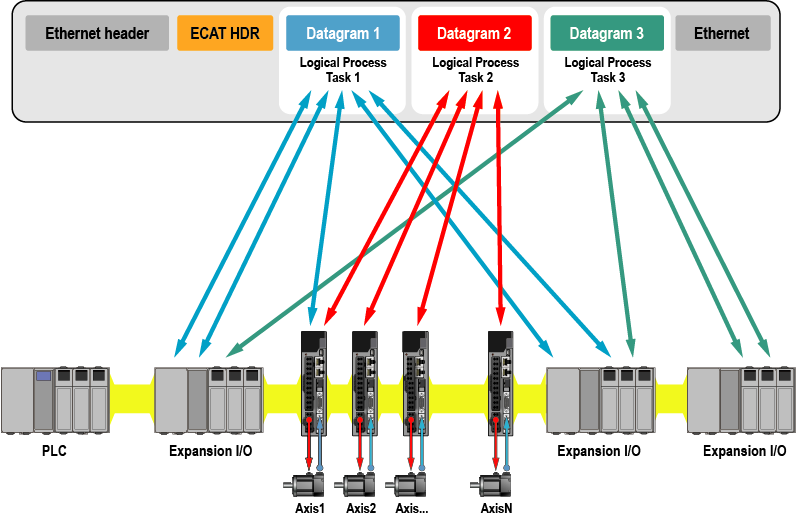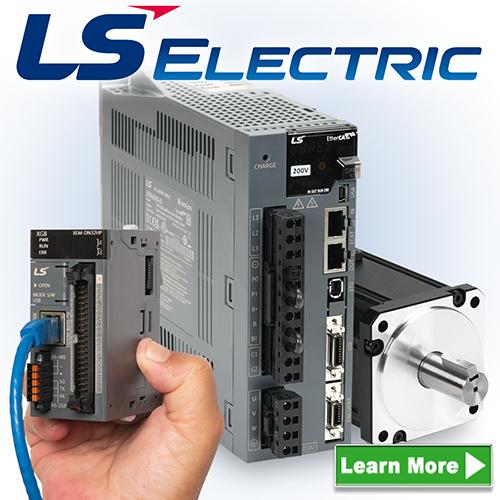EtherCAT, which stands for Ethernet for Control Automation Technology, is a high-performance industrial network protocol based on standard Ethernet. It’s specifically designed for real-time communication and deterministic data exchange, making it ideal for motion control applications like robotics, assembly lines, and packaging machines.
Key Features:
- Fast and deterministic: EtherCAT boasts incredibly low communication jitter (variations in timing), ensuring precise synchronization between devices and smooth motion control. This is crucial for applications requiring high accuracy and repeatability.
- Scalable and flexible: EtherCAT can handle a large number of devices on a single cable, making it suitable for complex multi-axis motion control systems. Additionally, its open communication standard allows for easy integration with various devices and controllers.
- Cost-effective: EtherCAT utilizes standard Ethernet cabling, eliminating the need for specialized and expensive communication wires. This reduces overall system costs and simplifies installation.
Motion Control using EtherCAT:
- EtherCAT master: This device acts as the central coordinator of the network, sending control commands and receiving feedback from connected devices.
- EtherCAT slaves: These are the devices that perform the actual motion, such as servo drives and encoders. They receive commands from the master and report their status back to it.
- Communication process: The master sends a single frame of data which is processed by each slave serially. Each slave extracts the information relevant to it. The slave may also insert feedback information into the frame intended for the master or other slave devices. This frame continues to the next slave on the network until it reaches the last device, which then sends it back to the master. This process is repeated cyclically, ensuring minimal communication delays and accurate synchronization.
- The EtherCAT master is the only node allowed to actively send an EtherCAT frame; all other nodes merely forward frames downstream. This concept prevents unpredictable delays and guarantees real-time capabilities.
Benefits of using EtherCAT for Motion Control:
- Improved accuracy and repeatability: Precise timing and low jitter enable highly accurate and consistent motion control.
- Increased machine throughput: Faster communication and efficient data exchange lead to faster cycle times and higher machine productivity.
- Reduced system complexity: Fewer cables and a simpler network topology make for easier installation and maintenance.
- Enhanced flexibility and scalability: The open standard and support for multiple devices allow for easy expansion and adaptation to changing needs.

Overall, EtherCAT offers a powerful and versatile solution for high-performance motion control applications. Its combination of speed, accuracy, scalability, and cost-effectiveness makes it a preferred choice for various industrial automation tasks.


